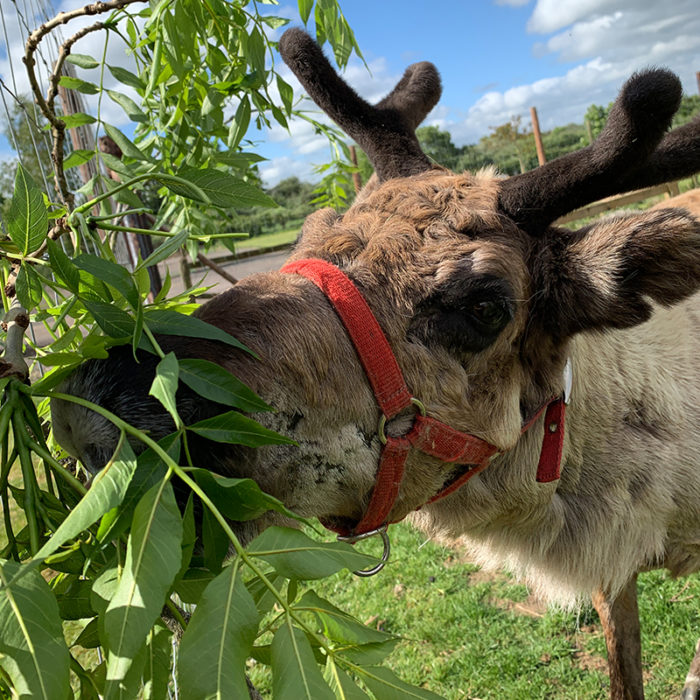
Reindeer
Our Reindeer – Blitzen & Sven.
Yes, THE Blitzen and Sven! Did you know that reindeer’s noses are designed to warm the air before it gets to their lungs? They also make a clicking noise when they walk with their tendons - do you know why? It’s so they can find each other in a blizzard and stay together! Another amazing fact is that Reindeer are the only mammal known to see UV light! This means that they can easily detect white fur and urine in the snow which we and other animals wouldn't be able to see!

Alpaca
Meet Bracus, Laden, Dennis & Albert.
Here’s a challenge for you! Can you tell the difference between a Llama and an Alpaca? The Alpacas are much smaller, and their ears are perkier and smaller too! An alpaca can live up to twenty years! They are bred by farmers for their wool – it’s much softer than sheep wool and it’s also water and flame resistant!

Pygmy Goats
Up next are our Pygmy goats. They are usually kept in farms for their milk or as pets since they are very friendly and playful animals; in fact, pygmy goats have been kept as pets for over seven thousand years!
Like many goats, they love to climb on top of things! Can you see their own playground inside their enclosure?

Guinea Pigs
How many guinea pigs and rabbits can you spot?
They may be called Guinea Pigs but they are not related to pigs and don’t come from Guinea either, they originated in the Andes region in South America. Each guinea pig has five different types of hair that makes up their coat.
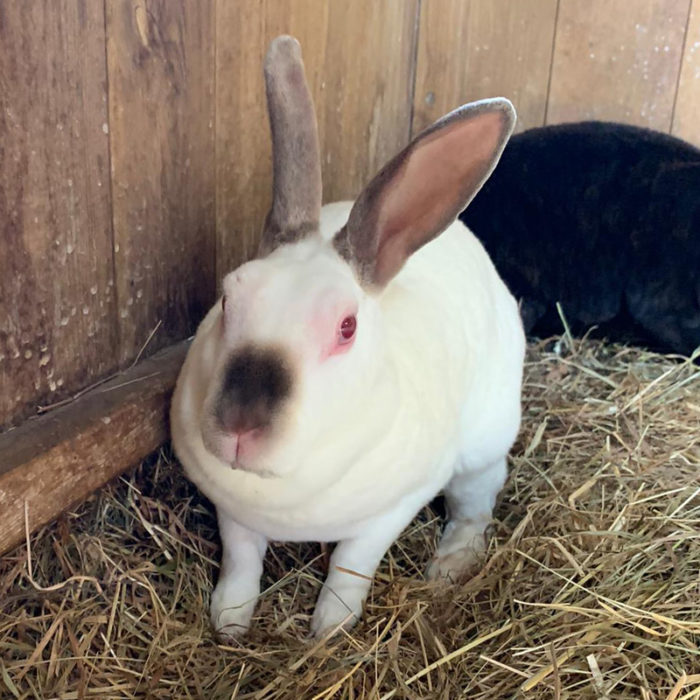
Rabbits
Rabbits can turn their ears one hundred and eighty degrees to pinpoint exactly where the sound is coming from that they can hear.
Although Bugs Bunny may love a carrot, they are high in sugar and can give a rabbit an upset tummy if they eat too many.
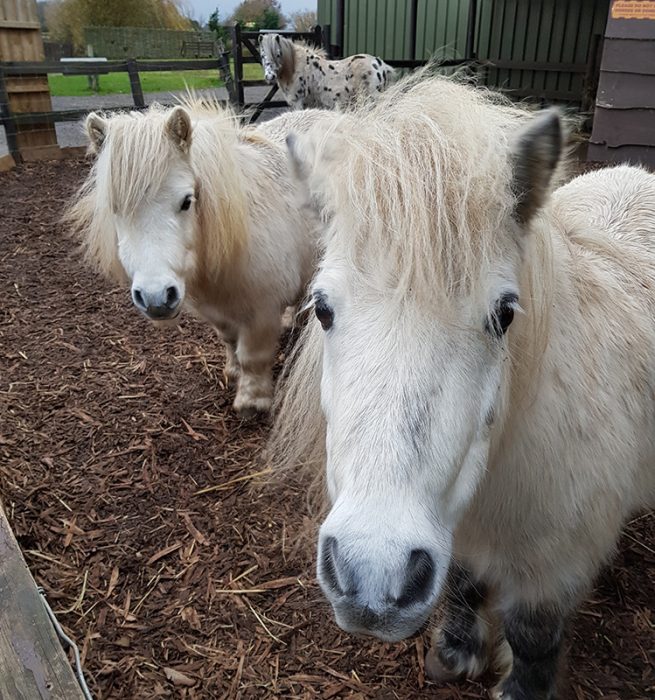
Shetland Ponies
Our little ponies may look cute but beware as they may bite! The smallest pony breed in the UK these are also one of the hardiest, able to withstand the worst of Winter storms on Shetland. They have hairs that shed rain to keep their skin dry and thick coats to keep them warm. Dating back to the ice age these ponies would have once roamed with wooly mammoths! Perhaps why they are such feisty characters today.

Turkey
Also in this enclosure is our Turkey. They can run up to twenty-five miles per hour! Like Peacocks, male Turkeys puff their bodies and ruffle their feathers to attract a mate. They’re also known for their famous gobble sound.
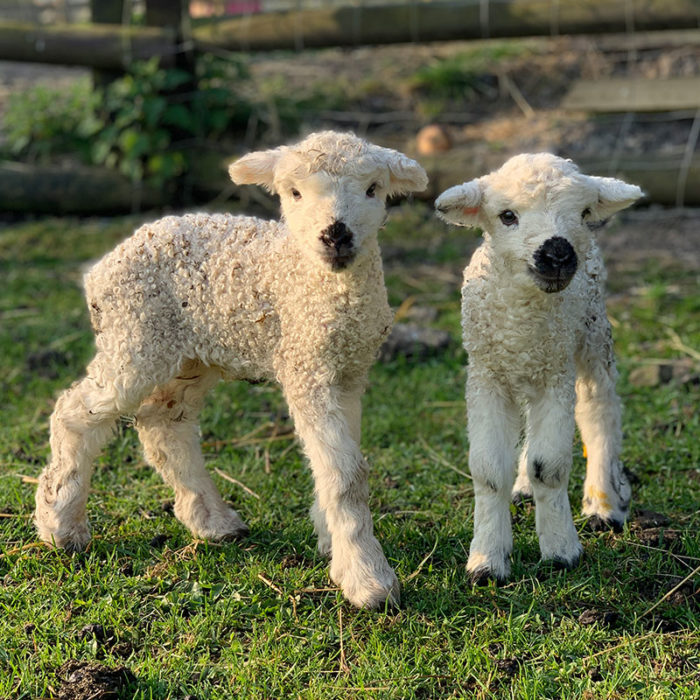
Greyface Dartmoor Sheep
They’re also affectionately known as our fluffy clouds when they have their full coat.
We have two mummies here with their young. Joyce with Ada and Bessie and Maude with Cora and Daisy.
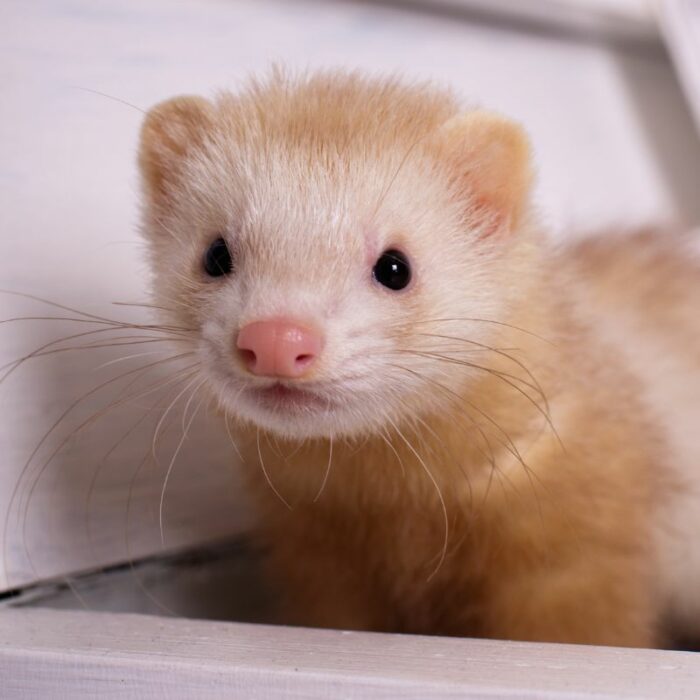
Ferrets
Meet Popcorn, Blondie and Lollypop. Did you know ferrets can dance? When threatened, wild ferrets and other weasels will “dance” in order to confuse their predators. They also use it to disorient potential prey. While our domestic ferrets don’t need to worry too much about predators or hunting for their own prey, they will still perform the dance for play. They move from side to side, arch their backs, and puff their tails as a sign of excitement or happiness!

Goats
Our goats are extremely friendly! Did you know, baby goats are standing and walking within minutes of being born!
Being mountain animals, goats are great climbers. They have been known to climb the tops of trees and even dams!
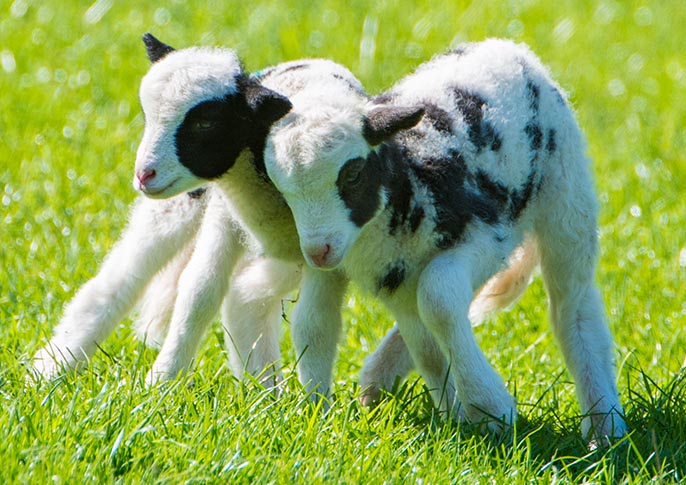
Jacob Sheep
The Jacob Sheep is a distinctive rare breed domestic sheep with black and white markings. They can grow not just two horns but up to six horns each. And Both the males and females have the horns although the males are larger.
Jacobs are less social than most sheep breeds and although they form a flock they do not stay tightly together.
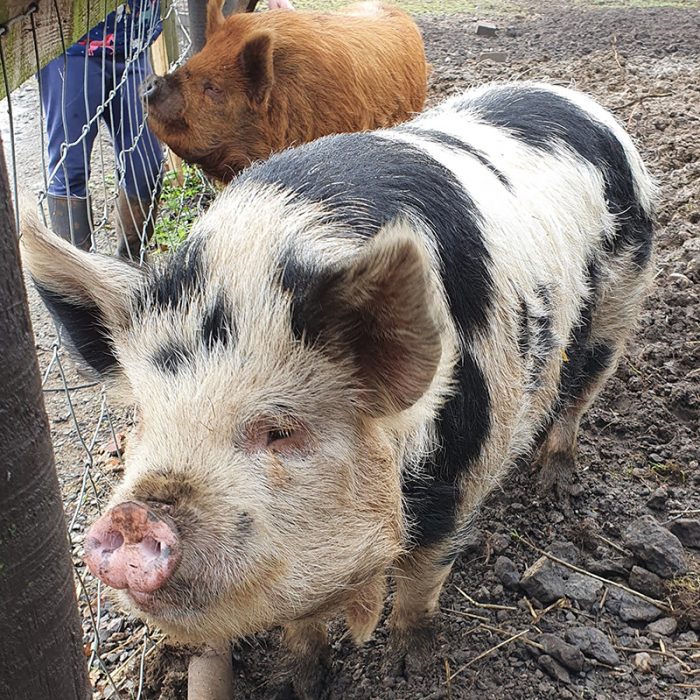
Kune Kune & Gloucestershire Old Spot
Biscuit the Kune Kune pig lives with Dominic the Gloucestershire Old Spot pig. They look very similar!
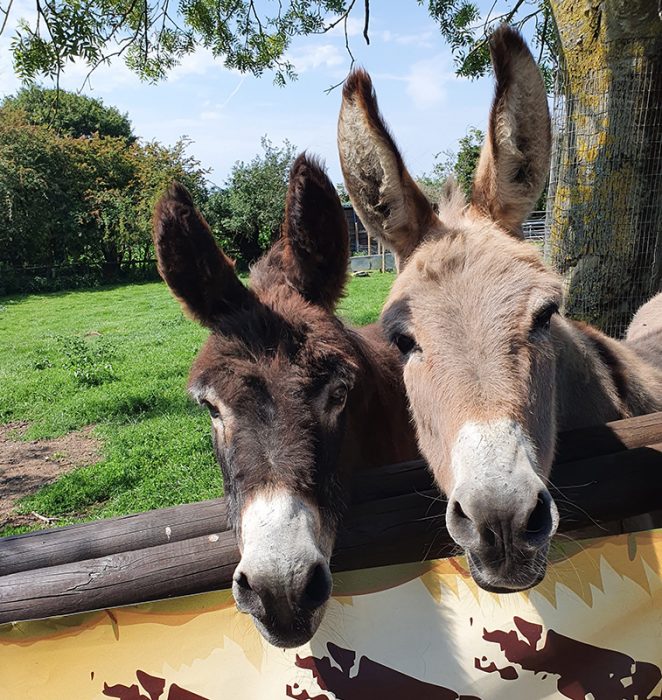
Donkeys
Our donkeys love a good ear scratch and always have time to stop for a cuddle. These gentle animals are able to remember places they’ve been to before and recognise donkey pals they haven’t seen for 25 years. They’re social animals who get lonely when they’re by themselves because of the deep bonds they form with their friends and family.












